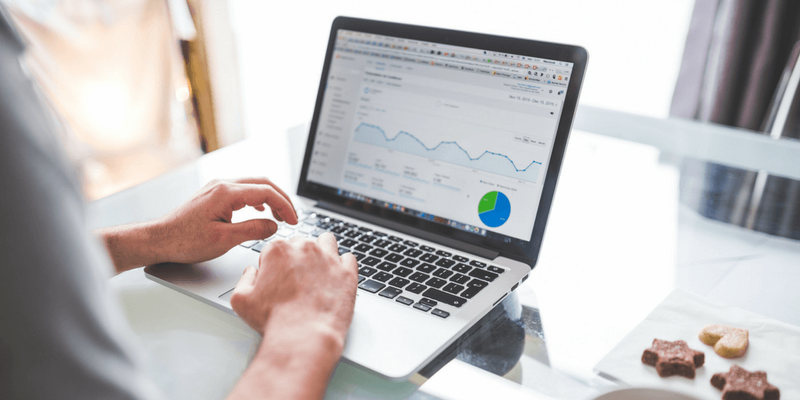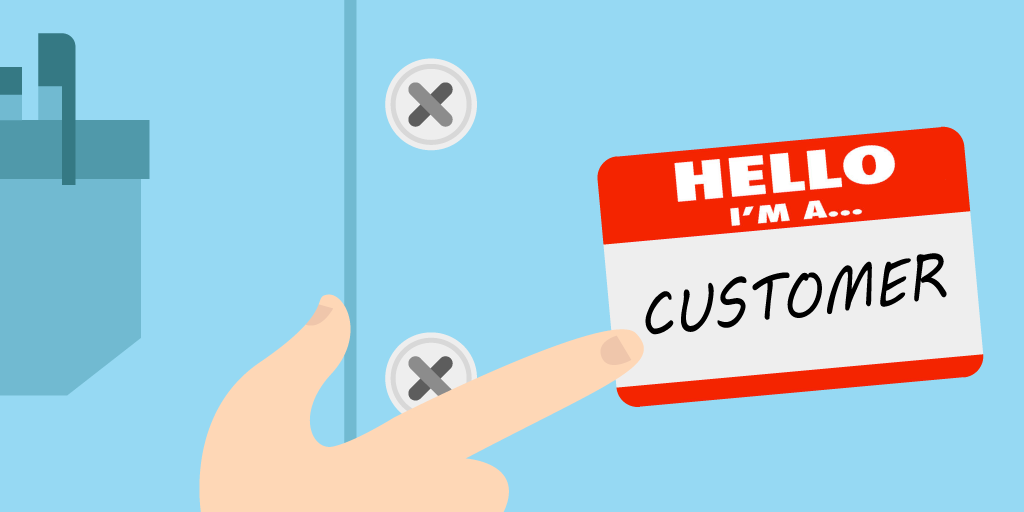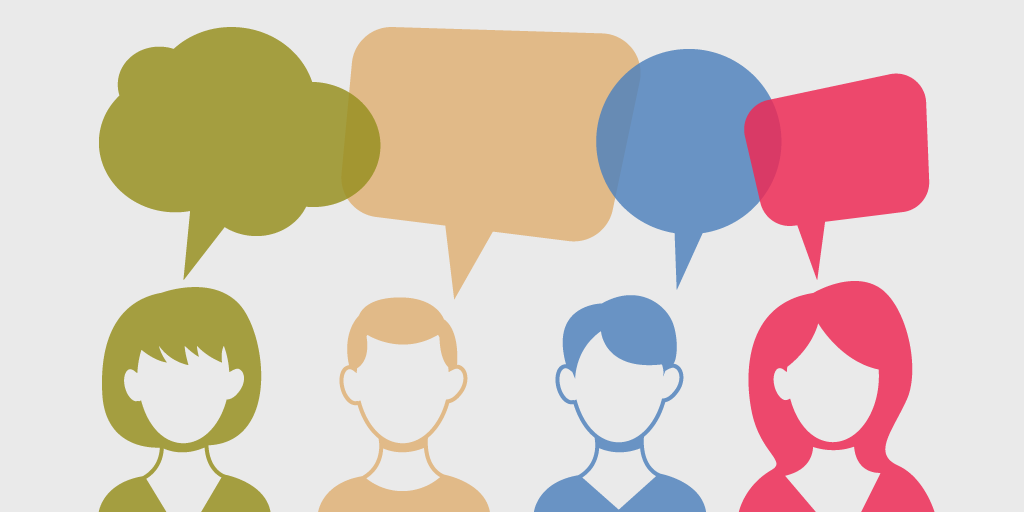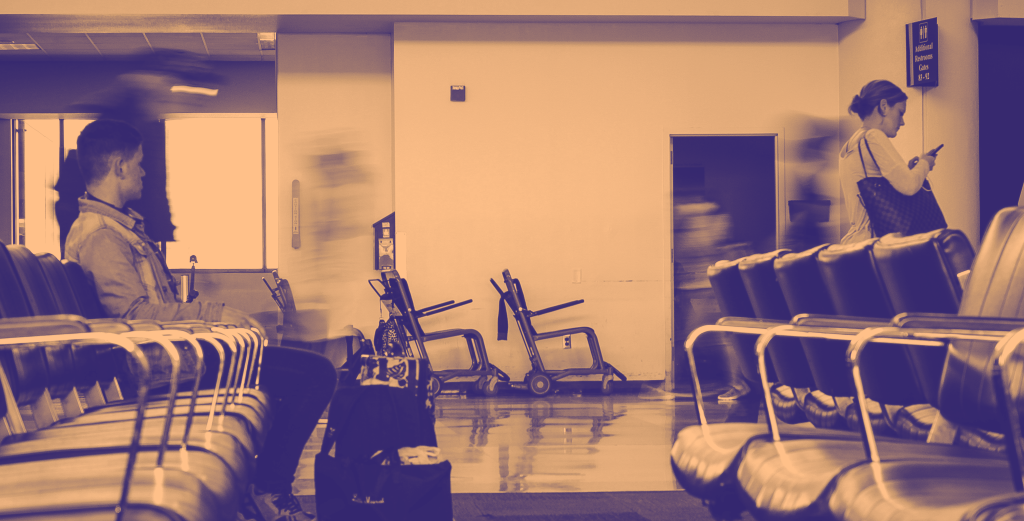You can’t fix what you can’t see. And when it comes to customer service, flying blind costs you, time, money, and loyalty.
That’s where footfall analytics steps in. It shows you not just how many people walk through your doors, but when, where, and why bottlenecks happen.
Whether you're managing a clinic, city hall, university office, or retail space, knowing your visitor flow gives you the power to act instead of react. The result is shorter waits, smarter staffing, and a better experience for everyone.
In this blog, we’ll break down how to use footfall analytics to turn raw visitor data into real service improvements, without the guesswork.
What is Footfall Analytics?
Footfall analytics is the process of tracking and analyzing the number of people who visit a physical location, such as a store, clinic, or office. By collecting this data, businesses can better understand customer behavior, peak visiting times, and how effectively their space is being used.
It goes beyond simply counting visitors. Footfall analytics often includes insights into customer flow (how people move through a space), visit frequency, dwell time, and conversion rates.
How to Use Footfall Analytics to Improve Customer Service
Customer footfall analytics gives you the visibility to understand how visitors move through your space, and where their experience breaks down. Here’s how to turn footfall data into meaningful service improvements.
1. Collect the Right Data
You can’t improve what you can’t measure. The first step in using footfall analytics effectively is collecting the right kind of data, from the right sources.
Think beyond just counting how many people walk through your doors. You need to understand when they arrive, where they go, how long they wait, and what their experience looks like.
Here are a few core tools to consider when learning how to measure footfall effectively:
Sensors at entrances to track visitor counts and peak times.
Overhead cameras with heat-mapping for visualizing dwell time and flow (while respecting privacy).
WiFi tracking for passively measuring repeat visits and time spent on-site.
Queue management systems for capturing intent, wait time, and service outcome.
But technology is only half the equation. Ethical data collection matters just as much.
Be upfront about what data you’re collecting and why. Use signage to inform visitors. Avoid personally identifiable data unless absolutely necessary, and always secure it.
Tip: Don’t treat each tool in isolation. Combine queue data with footfall tracking to uncover patterns you’d miss otherwise, like which service lines lead to longer dwell times or where staff deployment needs adjusting.
You might also like - How Service Intelligence Helps You Run a Smarter Business
2. Monitor Peak Hours and Trends
Customer footfall isn’t random. It follows patterns, daily, weekly, and seasonal. The key is paying attention before those patterns overwhelm your team.
With consistent customer footfall analysis, you can identify peak periods like:
Lunch breaks, especially in city centers
Weekend surges for retail or public services
Holiday spikes or seasonal demand (like back-to-school or tax season)
Once you know when these busy periods hit, you can take meaningful action.
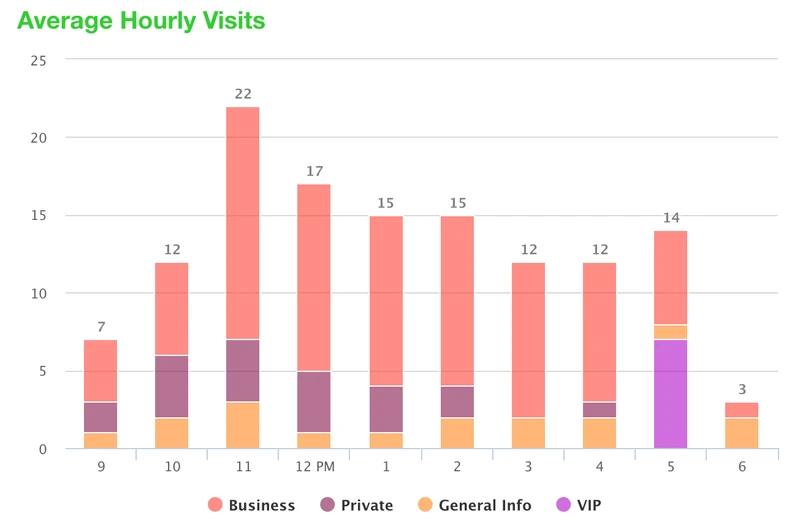
Instead of scrambling to catch up, use footfall traffic analytics to:
Adjust staff schedules to match demand
Open more service points when you know wait times are likely to spike
Proactively inform visitors with signage or alerts during high-traffic windows
Understanding what is footfall in business terms means knowing it's not just about numbers, it’s about anticipating needs. With the right tools and awareness, your busiest moments can become your most efficient ones.
3. Combine Footfall Data with Customer Feedback
Footfall data tells you what’s happening, how many people walk in, when they show up, and where they head first. But numbers alone don’t explain why customers leave happy or frustrated. That part comes from feedback.
When you connect traffic analytics with surveys or quick on-site feedback, you see the full picture. The numbers tell you what happened, and the comments explain why it happened.
Examples
A sudden surge in traffic might look like a win, but feedback shows people waited too long and felt rushed.
A dip in traffic might seem bad until comments reveal it was caused by nearby construction, not your service.
Use the combined view to:
Pinpoint trouble spots: link negative feedback to peak times or busy areas.
Spot wins: match positive feedback to changes that worked.
Act quickly: make decisions based on both data and context, not just gut feeling.
That’s how footfall becomes useful, turning raw numbers into real improvements by listening and looking at the same time.
4. Use Predictive Analytics
Customer footfall analysis doesn’t just help you understand the past, it helps you prepare for the future.
By using predictive analytics, you can forecast demand based on historical trends in customer footfall. This means fewer surprises and better service during your busiest times.

Let’s say your footfall traffic analytics show a consistent spike every first Monday of the month. Or that rainy days bring fewer walk-ins. This data lets you:
Adjust staffing levels before the rush hits
Prepare physical spaces for higher visitor flow
Schedule maintenance or downtime during slower periods
Understanding what is footfall in business also means knowing how to use it proactively, not just reactively. With the right forecasting tools, you’re not guessing. You’re planning with purpose.
This is how top-performing teams stay ahead, by seeing what’s coming and acting before it becomes a problem.
5. Integrate with Queue Management Systems
Customer footfall data shows the flow. Queue management systems show the pressure points.
When you integrate footfall traffic analytics with a queue management platform like Qminder, you gain real-time visibility into both visitor volume and service load. That’s when the real magic happens, because you’re not just tracking who walks in, you’re actively improving how they’re served.
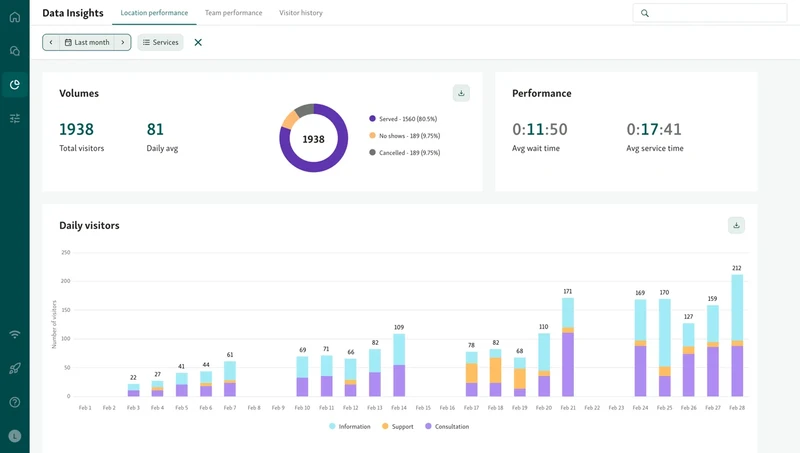
For example, Qminder’s analytics dashboard gives frontline staff live insights into:
Current wait times
Queue lengths per service line
Customer flow patterns throughout the day
This allows your team to respond instantly, by opening more desks, sending status updates, or reassigning staff.
Customer footfall analysis becomes actionable when paired with service-level data. You go from counting heads to managing experience.
That’s what footfall in business is really about: turning visibility into better service, moment by moment.
Helpful read - Best Queue Management Systems in 2025
Best Practices for Using Footfall Analytics
Footfall data can be a game changer, but only if you use it the right way. Numbers on their own don’t fix problems. You need to collect them responsibly, help your staff make sense of them, and keep an eye on the right metrics over time.
1. Respect privacy
Whenever you track footfall, make sure you’re following the rules, GDPR, HIPAA for healthcare, or whatever applies where you are. Keep data anonymous when possible and let visitors know it’s being used. Being clear about it builds trust and keeps you out of trouble.
2. Get staff involved
Data isn’t useful if nobody acts on it. Show your team how to read the numbers, notice when traffic builds up, and adjust on the spot. Tools like Qminder can make the data easy to see, but it’s the staff who turn it into action.
3. Watch the right numbers
Counting people is only the start. Track wait times, service speed, conversion rates, and customer satisfaction. These tell you how traffic affects experience. Check them often so you can spot small problems early instead of waiting until they grow.
Turn Footfall Data into Better Customer Experiences
Customer footfall analytics isn’t just about counting people. It’s about using that data to improve service. When you know how visitors move, when they arrive, and where they get stuck, you can make smarter calls, cut wait times, ease bottlenecks, and keep satisfaction up.
The real value comes from pairing the numbers with action. Spot patterns, train your staff, and track the metrics that matter most.
Qminder pulls this together in one place. Real-time footfall tracking, queue management, and service analytics built for teams that want to focus on the experience, not just the numbers..
Ready to turn insights into impact? Start your 14-day free trial of Qminder today.
Yes. Customer footfall analysis can highlight not just where traffic is high, but also where it’s low. This helps you identify service areas, desks, or departments that may need better signage, staffing, or visibility to ensure balanced usage across your space.
Ideally, review footfall traffic analytics weekly for tactical decisions and monthly for strategic planning. This cadence helps you respond to short-term fluctuations while still spotting long-term trends.
Any location with physical visitors, such as clinics, retail stores, universities, banks, or government offices, can benefit. If your team manages people flow, customer footfall data gives you the insight to improve that flow efficiently.

